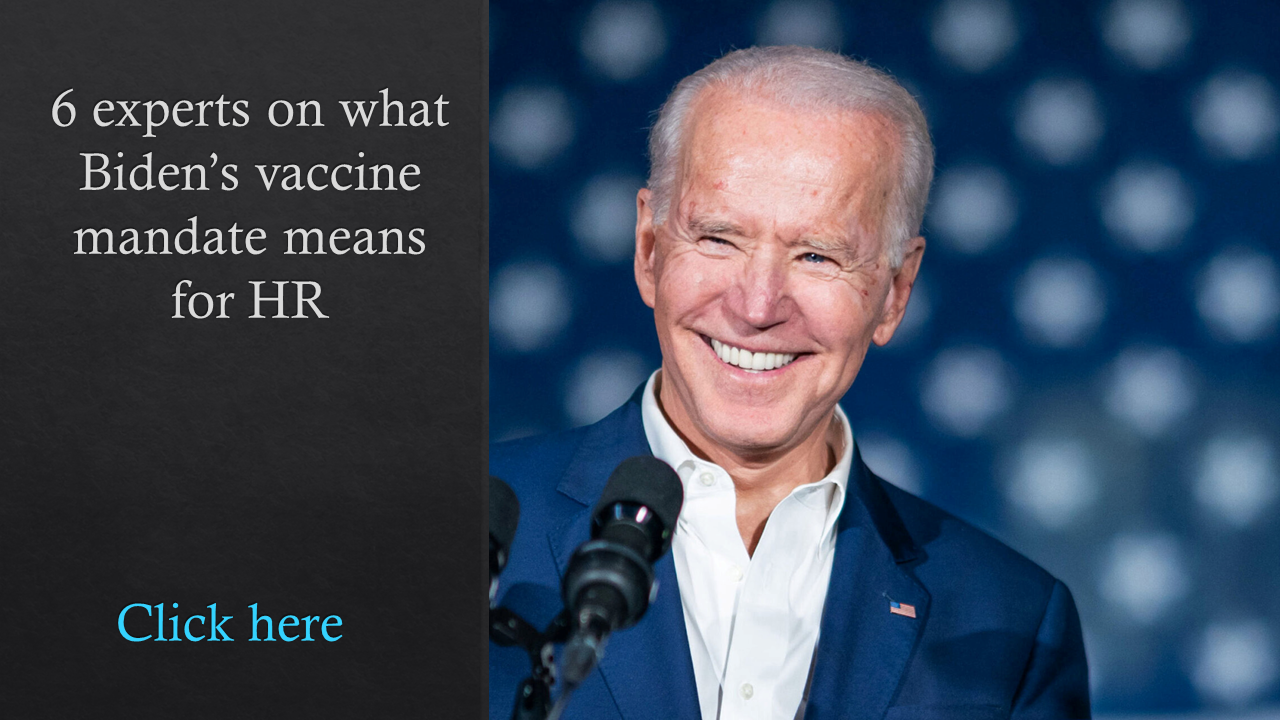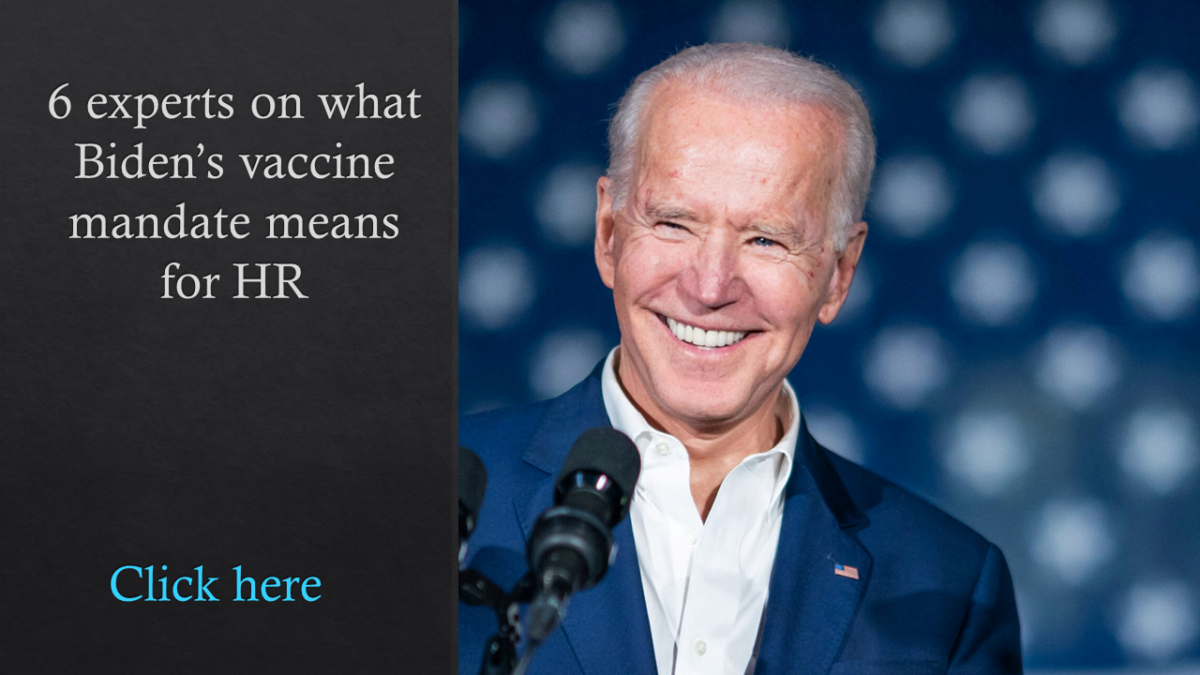The pandemic has given rise to wide recognition of—and increased calls to address—longstanding disparities in health and healthcare. But there are steps employers can take today to help close the health equity divide, experts say.
“We don’t usually consider wages as an individual attribute of health and wellbeing,” Bruce Sherman, chief medical officer for the National Alliance of Healthcare Purchaser Coalitions, said Monday during the organization’s annual forum. However, pay is “at the center for most employees.”
Health and income are very tightly connected, he said. For example, low-wage workers with diabetes are more likely to be hospitalized or go to the ER than those earning higher wages, he said. Often, lower-wage workers are making decisions about their health dictated by their finances.
“People are prioritizing what they’re thinking about: They’re putting their basic needs ahead of their health,” he said
Employers need to pay attention to these employee demographics and their needs, he noted.
Related: How employers hope to contain rising healthcare costs
 “We are very well-intentioned with what we think is best but hearing the specific needs from those populations is the most critical thing we can do to open our eyes to where our health equity opportunities are,” Sherman advised.
“We are very well-intentioned with what we think is best but hearing the specific needs from those populations is the most critical thing we can do to open our eyes to where our health equity opportunities are,” Sherman advised.
Are HSAs the answer?
Providing multiple options for employee-focused health plans, alongside robust healthcare literacy, is one place employers can start, said Cindy Dempsey, director of total rewards at Genesco, the Nashville-based retailer of such brands as Johnston & Murphy and Journeys.
For years at Genesco, employees were offered one traditional PPO healthcare plan, which included traditional smoking and spousal surcharges.
“We really wanted to design a benefit that considered our employee demographic,” Dempsey said. “We really wanted to reduce the cost of access, expand preventive services and eliminate all those penalties. We really wanted to improve the value of the plan.”
As part of its plan transformation, the retailer has introduced three new plan options with an aggressive selection tool, alongside high levels of communication, she said.
Another avenue is providing benefits from among the 14 pre-deductible services in HSA-eligible health plans the IRS and Treasury expanded in 2019, said Paul Fronstin, director, health research and education program at the Employee Benefit Research Institute.
More than 75% of employers surveyed in a recent EBRI study said they had expanded pre-deductible coverage.
The three most popular measures that employers have added to their plans are providing insulin-/other glucose-lowering agents (66%), blood pressure monitors (66%) and Glucometers (61%), according to EBRI.
It’s important that employers fully expand all pre-deductibles services to include everything allowed by law, said Kimberly Westrich, vice president for health services research for the National Pharmaceutical Council.
“It’s a win-win in terms of retention [and] incentivizing high-value care and really doesn’t cost that much to add the things allowed,” she added.
